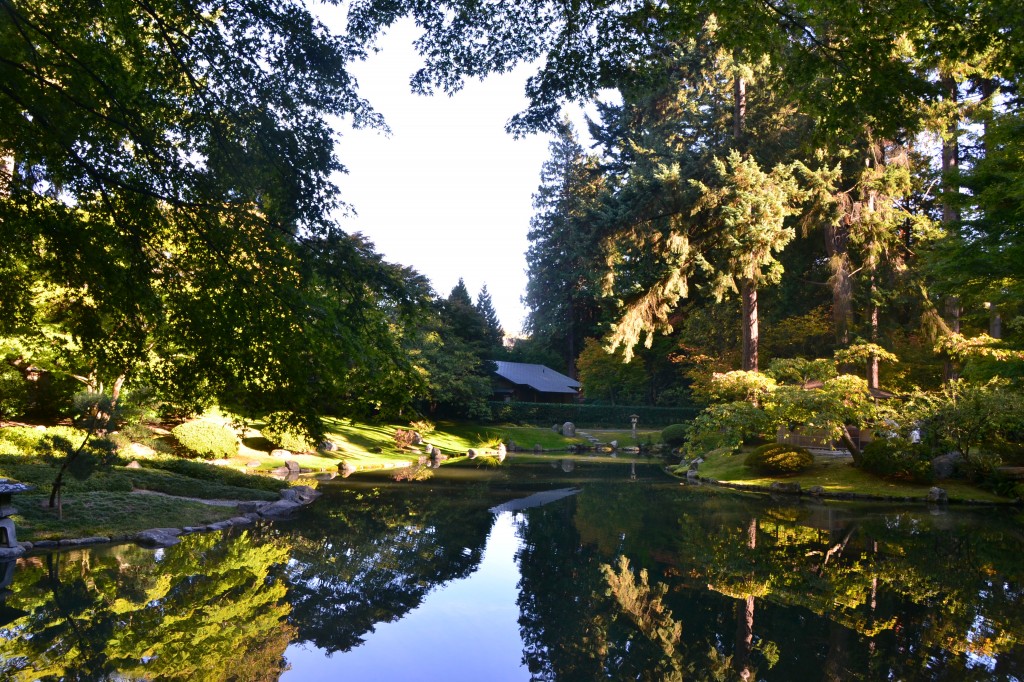Memorials and commemoration, like archives, preserve a sort of memory. Their purpose is in fact very similar, except that the documents that compose archives are not necessarily created with the intent of memory in mind, whereas that tends to be the main goal of memorials. Rodney Carter discusses the gaps and silences that are present within the archives, stating silence is the “absence of sound, speech, text, or other sign” (Carter 219). The Nitobe Memorial Garden at the University of British Columbia was instituted to commemorate Dr. Inazo Nitobe and the work he did to improve Japanese-Canadian relations. It was logical to commemorate him when the memorial was first instituted following his death in the 1930s; because of the positive work he did to improve relations (“Japanese Lantern Adorns The Campus”).
After the memorial was destroyed during the Second World War due to anti-Japanese sentiments, it was rebuilt under the same name in 1960. At this point, circumstances had changed. Japanese Canadians were poorly treated during the Second World War. The gardens built at this time were called the Nitobe Memorial Garden, but were understood by some to be for Japanese Canadians in general. According to an article published in UBC’s Ubyssey newspaper in 1993 when the gardens were being reconstructed once again, “the garden is to many Japanese Canadians a symbol of their recovering from the horrors of internment by the Canadian government and of their reacceptance by Canadian society” (Kurahashi 3). But while they may be interpreted as preserving collective memory for Japanese Canadians in general following World War II, that is not the official nature of the gardens. In this sense, the Japanese-Canadian minority group could be seen as silenced. The gardens were not created to commemorate the hardships that Japanese Canadians faced during their internment. Studying the Nitobe Memorial Garden can be used to read “against the grain,” a technique Carter implements when studying archives (Carter 224). The presence of the Nitobe Memorial Garden and the circumstances surrounding its recreation illuminate the lack of a commemoration for Japanese Canadians in general.
Even though it was not the initial intent of the gardens, they are still often interpreted in regards to Japanese Canadians. The garden is named after a man “who sought to unite Japan and the West by showing each culture how to reach out to meet the other” (“Japanese Memorial Added to Campus”). In some sense, it is inconsequential whether or not the garden directly acknowledges Japanese Canadians, because of the feelings represented by Nitobe himself. In addition, the presence of the gardens following the unfortunate treatment of Japanese Canadians throughout the Second World War indicates a more accepting community.


